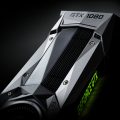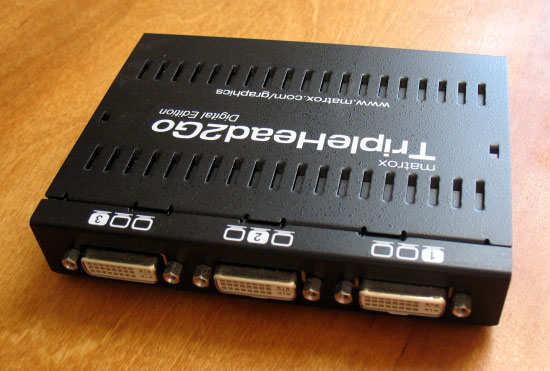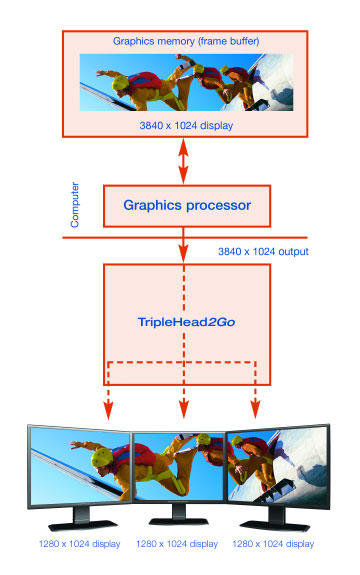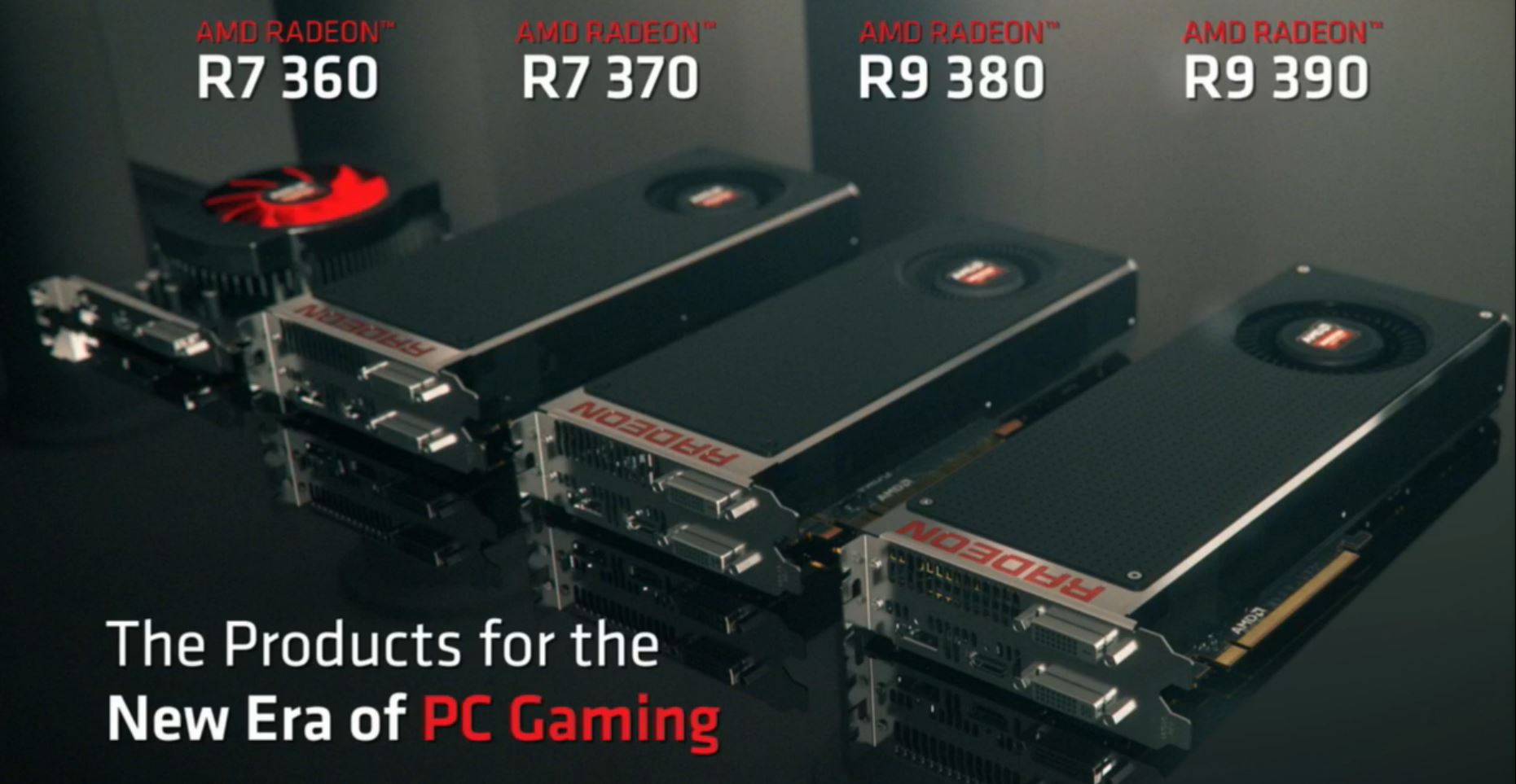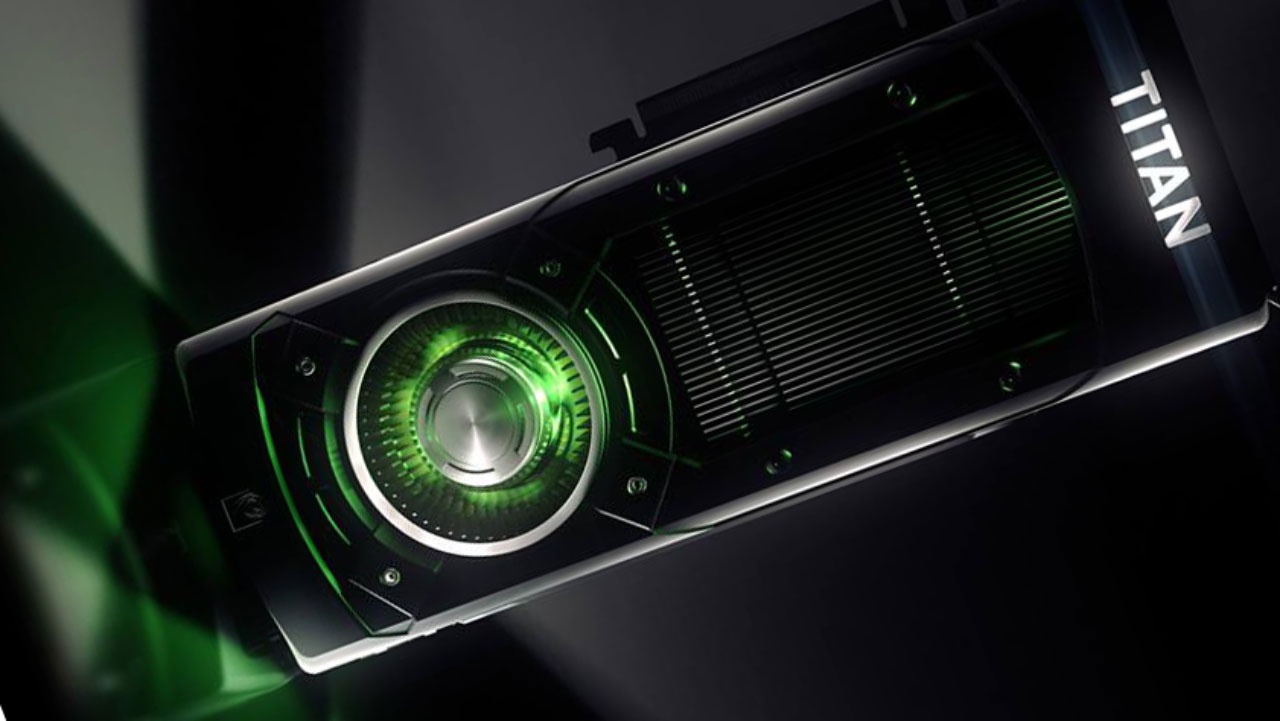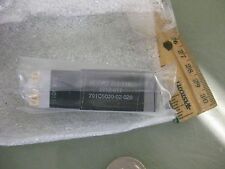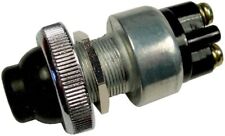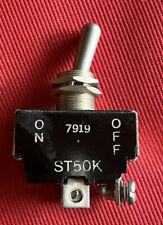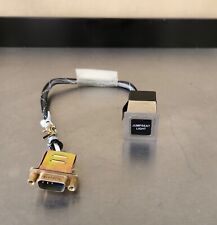 In part 1 we took a look at Screen Size, Resolution, Aspect Ratio, and a couple different Display Panel types. In our final look at monitor features we’re going to check out Refresh Rate, Response Time, G-Sync and FreeSync, Inputs, and other Misc Features.
In part 1 we took a look at Screen Size, Resolution, Aspect Ratio, and a couple different Display Panel types. In our final look at monitor features we’re going to check out Refresh Rate, Response Time, G-Sync and FreeSync, Inputs, and other Misc Features.
Refresh Rate and Response Time
Refresh rate is simply the number of times in one second that your monitor will draw data. In other words, if your monitor has a 60Hz refresh rate then it draws and image on your monitor 60 times per second. This sounds a lot like Frames Per Second (FPS), eh? It’s not. In short, FPS is a measure of how often your machine can update an ENTIRELY new frame of data to the display. Refresh Rate, on the other hand, includes repeated drawing of identical frames. So, at least in theory, the higher your monitors Refresh Rate, the smoother your game’s performance.
Enter FreeSync and G-Sync. These are two technologies, which essentially do the same thing, but are backed by different companies. Nvidia introduced G-Sync as a monitor technology that talks to your GPU and basically “syncs” up your monitors refresh rate and GPU frame rate capabilities. It’s more technical than that, of course, but what this tech allows for is a much smoother gaming experience that eliminates screen tearing and Vsync. It’s also one of those technologies that has to be seen to really be felt. Playing a G-Sync or FreeSync enabled system is incredibly smooth.
 However, Nvidia quicly came under criticism for its proprietary system that pretty much forces Monitor makers to buy the technology from Nvidia. This kind of exclusionary business practice opened the door for AMD’s aptly named FreeSync, which essentially does the same thing, but is a free, open standard.
However, Nvidia quicly came under criticism for its proprietary system that pretty much forces Monitor makers to buy the technology from Nvidia. This kind of exclusionary business practice opened the door for AMD’s aptly named FreeSync, which essentially does the same thing, but is a free, open standard.
Keep in mind, regardless which tech you’d like to use, you need to make sure your GPU supports it as that your prospective monitor supports the correct “”Sync type. Also, to utilize FreeSync, you’ll need a DisplayPort enabled monitor (and GPU). Also don’t confuse these technologies for the similarly named Dynamic Action Sync (DAS). DAS is a mode that some new monitors have which assists in reducing input lag.
Response Time measures (in milliseconds) the the time it takes for pixels to transition from black to white or to different shades of gray. The faster the response time the better the monitor is at negating any ugly artifacts. For gaming, this means you’re going to want the best response time you can grab. In truth, unless you’ve got a pair of really keen eyes, you’re not going to notice a difference between 1 millisecond or 6 millisecond response time.
Inputs
Does your GPU support HDMI and DisplayPort? Does it also have a DVI port or two? Which one do you use? Do you know which one would suit your needs better? Are you STILL using VGA?!
HDMI
In many cases, HDMI is a fine solution for your viewing pleasure. If you’re using the speakers built into your monitor, HDMI is a better option than DVI since the cable can carry both video and audio. However, if you’re wanting to take advantage of 4K resolutions, you’ll need to make sure that you’re using an HDMI 2.0 cable and capable input.
DVI
DVI video signal is pretty much the same as HDMI’s. The big thing to pay attention is is single-link versus dual-link. Single-link cables can only support resolutions up to 1920×1200, so if you’re needing higher resolutions make sure you’re sporting a dual-link cable. While it is possible to get audio over DVI, you’re not likely to have that kind of cable unless you sought it out on your own.
DisplayPort is the port and cable you’ll need if you want to use AMD’s FreeSync. You’ll need DisplayPort 1.2 or greater and Milti-Stream Transport support (you probably have it if you buy a new cable) in order to take advantage of the 3840×2160 resolution capabilities of this input. Like HDMI, DisplayPort can also support audio streams.
Misc. Considerations
While the former parts of this article are by no means ALL the multiple considerations that can be taken into account when buying a new monitor, they are some of the most important. The remaining features I’ll cover here are a few of the more minor things you may be interested in.
Build and Viewing Adjustments
Flat Screens are pretty much the standard when it comes to today’s monitors and TV’s. However, curved screens have been making headway into the market in recent years. Some people view them as nothing more than a gimmicky design, while others swear by them.
Rather than pick sides, here are some of the popular pros and cons in regards to curved monitors:
Pros
- Better Immersion
- Enhanced Depth
- Wider field of view / Uniform viewing distance
- Better Contrast
- Sleek looking design
Con
- Reduction in viewing angle (sitting to the side might cause viewing problems)
- Glare and Reflection exaggeration
- Wall-mounting can be awkward
- Expensive
- Gimmicky Design
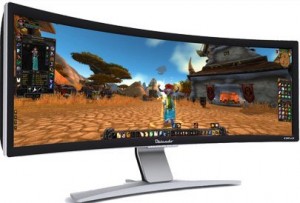 Another thing you may want to consider is what kind of viewing adjustments your new monitor will allow. Is it Wall-Mountable? How far can it tilt up/down? Can the viewing height be adjusted at all? In other words, if you’re going to need to manipulate the viewing angle in any way, make sure you’re buying a monitor that will give you the angle you want.
Another thing you may want to consider is what kind of viewing adjustments your new monitor will allow. Is it Wall-Mountable? How far can it tilt up/down? Can the viewing height be adjusted at all? In other words, if you’re going to need to manipulate the viewing angle in any way, make sure you’re buying a monitor that will give you the angle you want.
3D Support
Do you want to watch your favorite movies and games in 3D? Well not all monitors support it nor do all graphics card.
Bells and Whistles
Do you need USB inputs on your monitor? How about onboard speakers? Thunderbolt port? Furthermore, does your new monitor have the right display port to match your GPU’s outputs? There are multiple different hardware and software options (split screen, etc) that you can check out in potential monitors.
Hopefully you’re a little bit more prepared to buy your next monitor, now. As with all PC harware, the main thing to always know is what exactly you want your machine to handle. If you simply need a productivity PC then you’re probably not going to be concerned with some of the features listed in these articles. Even if you are in the market for a new gaming monitor, chances are not all of the things listed here are going to be something you just can’t live without. Know what you want/need then find a monitor within your price range that meets those requirements, and if possible, think ahead to what you might need/want in the future.


